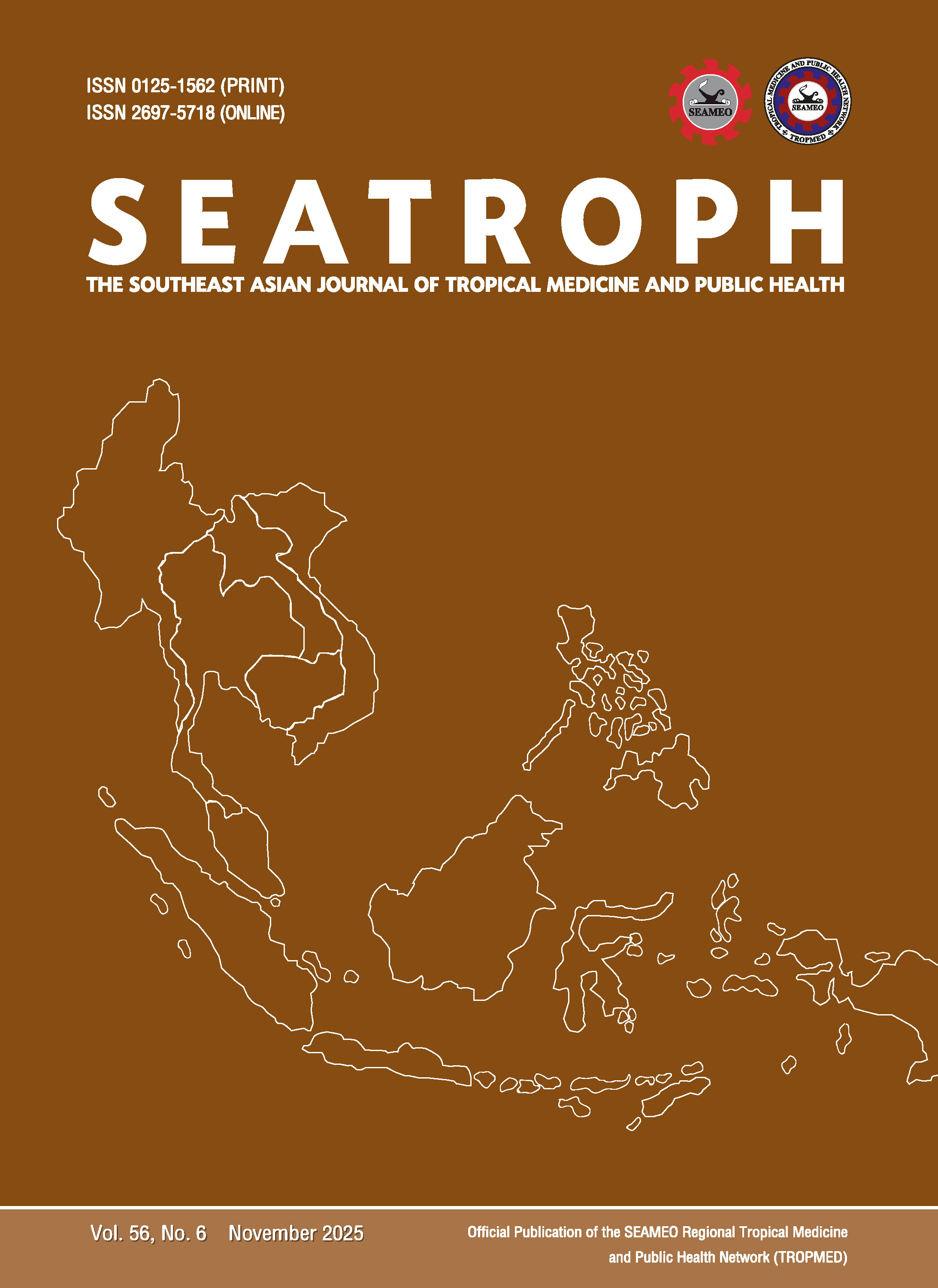CHEMICAL COMPOSITIONS AND ANTIBACTERIAL ACTIVITIES OF ESSENTIAL OILS FROM AQUILARIA AGALLOCHA, ARTEMISIA ABSINTHIUM,HYSSOPUS OFFICINALIS, AND MENTHA PULEGIUM
Keywords:
antibacterial activity, essential oils, gas chromatography/mass spectrometry, human pathogens, minimum inhibitory concentration, medicinal plantAbstract
The study evaluated the chemical composition and antibacterial activity of essential oils from Aquilaria agallocha, Artemisia absinthium, Hyssopus officinalis, and Mentha pulegium. Gas chromatography/gas chromatography mass spectrometry (GC/GC-MS) was used to analyze the essential oils’ volatile components; their antibacterial activity against multidrug-resistant clinical bacterial isolates was assessed using a disk diffusion susceptibility assay together with the determination of minimum inhibitory concentration (MIC). The major volatile chemical compound of Aq. agallocha, Ar. absinthium, H. officinalis, and M. pulegium oils were dimethyl ester dodecanedioic acid (19.65%), β-caryophyllene (18.51%), camphor (14.2%), and pulegone (58.5%), respectively. All essential oils had varying bactericidal activity against the test isolates of Acinetobacter baumannii, Escherichia coli, Klebsiella pneumoniae, Staphylococcus aureus, and Streptococcus pyogenes, but not Pseudomonas aeruginosa. The essential oil with the overall highest antibacterial activity was that of M. pulegium, followed by H. officinalis, Aq. agallocha and Ar. absinthium. The findings confirm that medicinal plant essential oils can play a role as an alternative treatment option against current clinical multidrug-resistant microorganisms.




